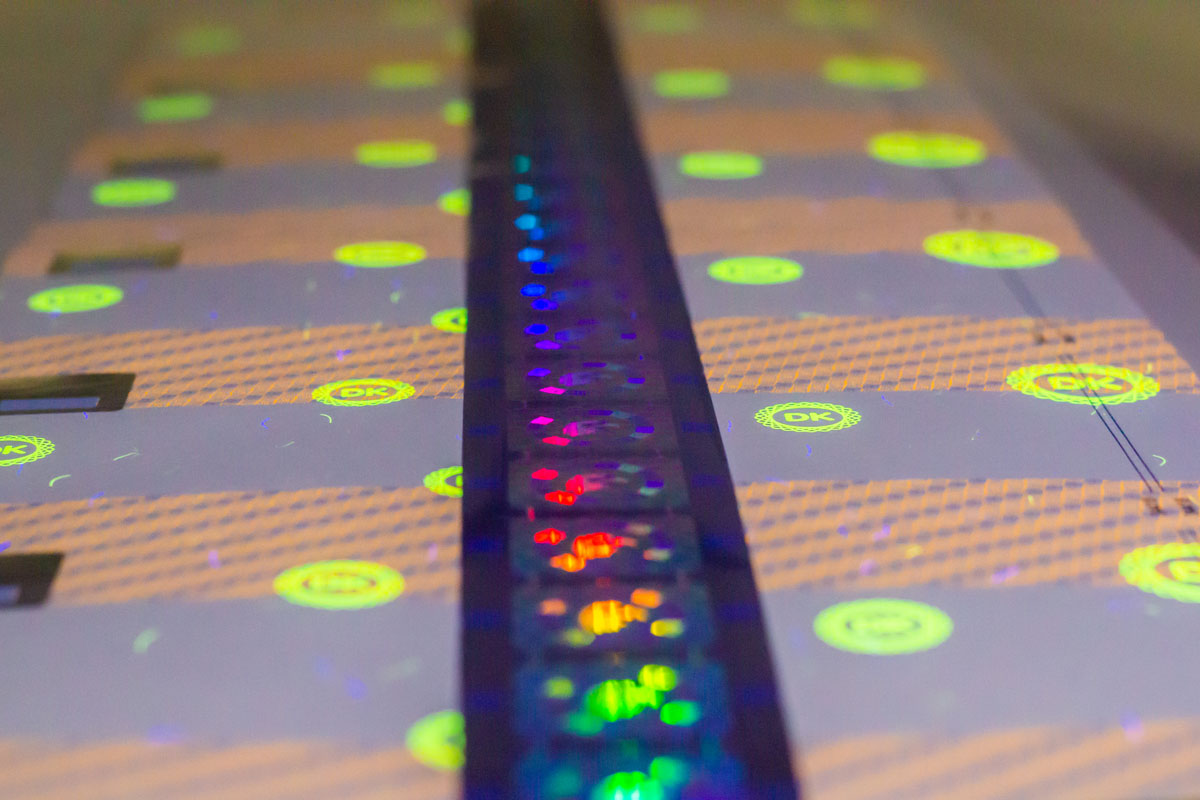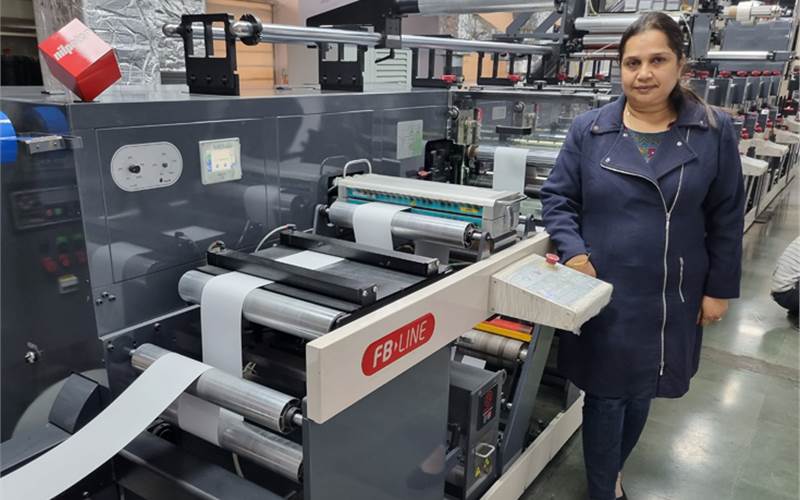The counterfeit goods impact on economy is a topic of significant concern for business professionals worldwide. These fake products infiltrate markets, leading to numerous economic challenges. Understanding the scale and implications of this issue is crucial for developing effective strategies to combat it. This article examines the multifaceted effects of counterfeit goods on the economy, highlighting why it is a pressing issue that demands urgent attention.

The Global Scope of Counterfeit Goods
The proliferation of counterfeit goods is a global phenomenon, affecting almost every industry. From luxury items and electronics to pharmaceuticals and everyday consumer goods, no sector is immune. According to the OECD, the trade in counterfeit and pirated goods accounts for up to 3.3% of global trade, a staggering figure that underscores the widespread nature of the problem.
Key Industries Affected
Several industries are particularly susceptible to counterfeiting. The fashion and luxury sector, due to its high-value products, is a prime target. Electronics, too, face challenges, with fake products often compromising safety and performance. Perhaps most concerning is the pharmaceutical industry, where counterfeit drugs pose serious health risks to consumers.
Economic Consequences of Counterfeiting
The economic impact of counterfeit goods is profound. By undermining legitimate businesses, these fake products can lead to significant financial losses. Companies lose revenue, and the value of brands diminishes as consumer trust erodes. This, in turn, can lead to job losses and reduced investments in innovation.
Impact on Government Revenues
Governments also suffer due to the prevalence of counterfeit goods. The black market for these products results in lost tax revenues, which can affect public services and infrastructure development. Additionally, resources that could be used for economic growth are instead diverted towards enforcement and legal actions against counterfeiters.
Social and Health Implications
Beyond economic factors, counterfeit goods also have social and health implications. Consumers using fake products may face safety risks, particularly with electronics that don’t meet safety standards or pharmaceuticals that contain harmful ingredients. This can lead to increased healthcare costs and a burden on public health systems.
Impact on Consumer Trust
Consumer trust is another casualty in the battle against counterfeit goods. When individuals purchase fake products, their faith in brands and marketplaces diminishes. This trust deficit can be difficult to rebuild and often requires significant effort and resources from legitimate businesses.
Combating Counterfeit Goods
Addressing the counterfeit goods impact on economy requires a multifaceted approach. Businesses, governments, and consumers all have a role to play in reducing the prevalence of counterfeit products. Strategies include improving supply chain transparency, enhancing product authentication measures, and raising consumer awareness about the risks of fake goods.
Role of Technology
Technology plays a critical role in fighting counterfeiting. Innovations such as blockchain for supply chain verification, advanced labeling technologies, and AI-driven detection systems are increasingly used to identify and prevent the distribution of counterfeit goods. For instance, the use of anti-counterfeit labels in [anti-counterfeit labels in agriculture](https://fullcolorprintingfirm.com/anti-counterfeit-labels-for-agriculture/) is a prime example of how technology can safeguard industries.
Government and Legal Frameworks
Effective legal frameworks and government policies are essential in the fight against counterfeiting. This includes strict enforcement of intellectual property laws and international cooperation to tackle cross-border counterfeit trade. Public-private partnerships can also enhance these efforts, as seen in the cooperation between businesses and law enforcement agencies.
Future Challenges and Opportunities
While progress is being made, the battle against counterfeit goods is far from over. The continuous evolution of counterfeiting techniques poses ongoing challenges. However, this also presents opportunities for innovation in anti-counterfeiting measures. Businesses must stay vigilant and proactive in adapting to new threats.
Consumer Education
Educating consumers about the dangers of counterfeit goods is crucial. Awareness campaigns can highlight the risks associated with fake products and encourage consumers to make informed purchasing decisions. Companies can play a role by providing clear information about how to identify authentic products.
Collaboration Across Sectors
Collaboration between different sectors is vital for success. By working together, businesses, governments, and technology providers can develop comprehensive strategies to combat counterfeit goods. This includes sharing information, best practices, and resources to create a united front against this global issue.

Conclusion
The counterfeit goods impact on economy is a complex and multifaceted problem that requires a concerted effort to address. While challenges remain, there is hope that through innovation, collaboration, and education, the tide against counterfeit goods can be turned. By understanding the scope of the problem and working together, stakeholders can protect economies, businesses, and consumers from the detrimental effects of counterfeiting.
Frequently Asked Questions (FAQs)
What are the most affected industries by counterfeit goods?
The most affected industries include fashion and luxury, electronics, and pharmaceuticals. These sectors face significant risks due to the high value and demand for their products.
How do counterfeit goods affect government revenues?
Counterfeit goods contribute to lost tax revenues as they are often sold on the black market. This can affect public services and infrastructure development, as governments lose significant financial resources.
What role does technology play in combating counterfeit goods?
Technology is crucial in fighting counterfeiting. Innovations such as blockchain, advanced labeling technologies, and AI-driven detection systems are used to identify and prevent counterfeit goods. For more information, visit [security printing as a defence mechanism against counterfeiting](https://www.holostik.com/security-printing-as-a-defence-mechanism-against-counterfeiting/).
This article contains affiliate links. We may earn a commission at no extra cost to you.







